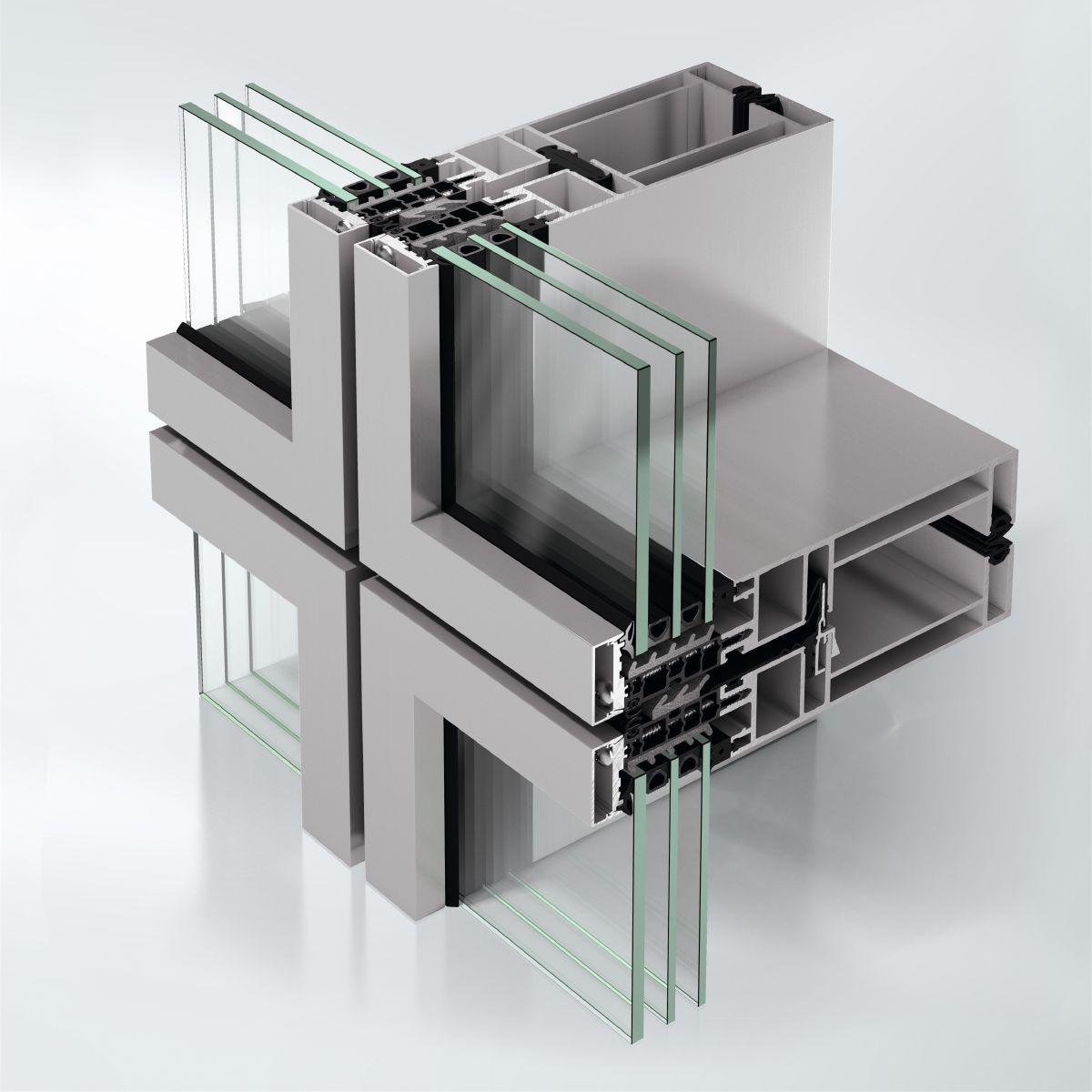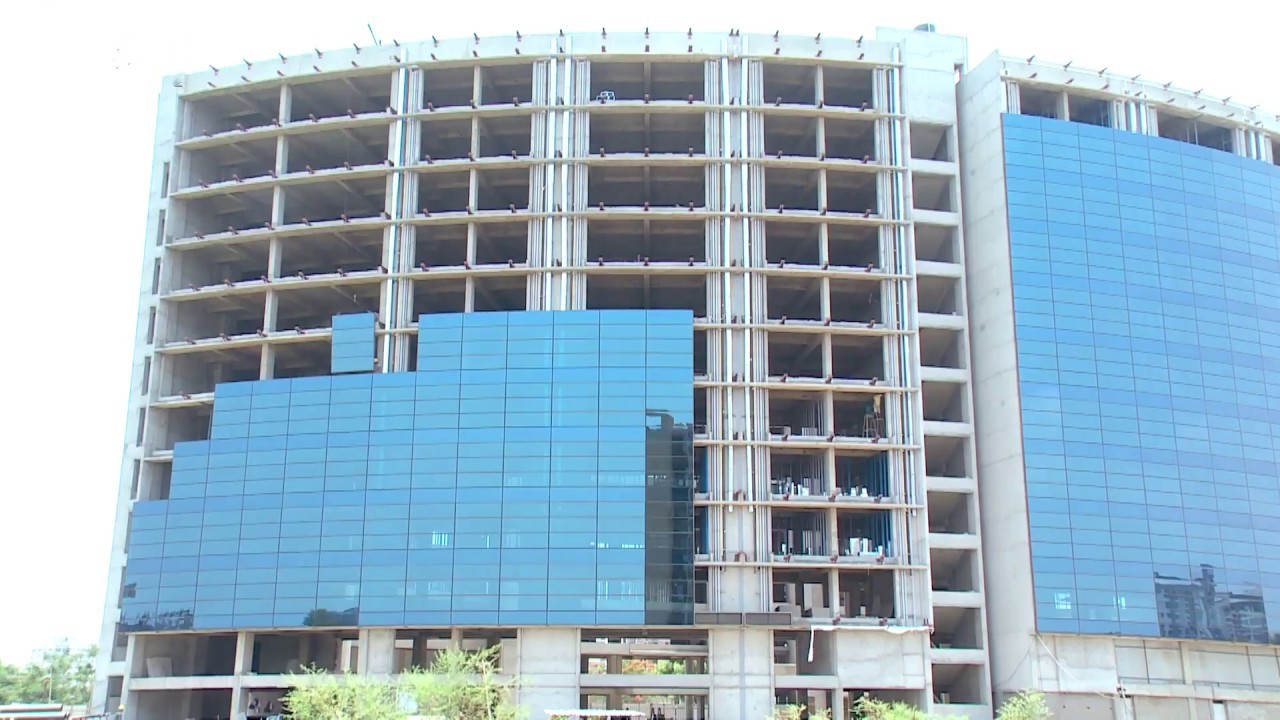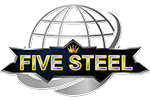Among the various materials used in curtain wall systems, aluminum profiles have gained significant popularity due to their versatility, durability, and lightweight nature. In recent years, advancements in aluminum profile design have allowed architects and engineers to push the boundaries of creativity while improving performance. This article explores the innovations in aluminum profile design for curtain walls, focusing on enhancing aesthetics and performance.
Customization and Versatility:
Aluminum profiles offer immense flexibility in design, allowing architects to create customized curtain walls that meet their unique aesthetic vision. With advances in extrusion techniques and computer-aided design (CAD) software, manufacturers can produce aluminum profiles in a wide array of shapes, sizes, and configurations. This enables the creation of intricate curtain wall designs that seamlessly integrate with the building’s architecture, resulting in visually stunning facades.
Enhanced Thermal Performance:
Energy efficiency is a key consideration in contemporary construction, and curtain walls play a crucial role in the overall thermal performance of a building envelope. Aluminum profiles are now designed with improved thermal breaks and insulation systems, which significantly reduce heat transfer and enhance the energy efficiency of curtain walls. This advancement not only contributes to reduced energy consumption and lower utility costs but also helps buildings meet sustainability standards and regulatory requirements.

Structural Integrity and Safety:
Aluminum profiles used in curtain walls are engineered to provide excellent structural integrity and withstand various external forces, including wind loads and seismic activities. Recent design innovations have focused on optimizing the profile’s strength-to-weight ratio, enabling the creation of taller and more expansive curtain wall systems without compromising safety. Moreover, advancements in connection technologies and joint designs have enhanced the overall stability and resistance to water infiltration, ensuring long-term durability.
Integration of Smart Technologies:
The digital era has opened up new possibilities for incorporating smart technologies into building design, and aluminum profiles are no exception. Innovative aluminum profiles now accommodate the integration of sensors, actuators, and other intelligent components within the curtain wall system. This allows for real-time monitoring of environmental conditions, such as temperature, humidity, and air quality, leading to enhanced occupant comfort and building management efficiency.
Sustainability and Recycling:
Aluminum is a highly sustainable material with excellent recyclability. Modern aluminum profile designs for curtain walls prioritize sustainability by utilizing recycled content and reducing material waste during manufacturing processes. Furthermore, the longevity of aluminum profiles ensures a prolonged lifespan for curtain walls, reducing the need for replacements and minimizing environmental impact over the building’s lifecycle.
Acoustic Performance:
In addition to thermal considerations, the acoustic performance of curtain walls is vital in creating a comfortable indoor environment. Aluminum profile design has progressed to incorporate features that minimize sound transmission, reducing noise pollution from external sources such as traffic or urban surroundings. Improved seals, insulating materials, and specialized glass options are some of the innovations that enhance the acoustic insulation properties of aluminum curtain walls, ensuring tranquility within the building.
Fire Safety:
Fire safety is a critical aspect of building design, and aluminum profiles for curtain walls have undergone significant advancements to meet stringent fire regulations. Manufacturers now offer fire-rated aluminum profiles that provide a high level of fire resistance, allowing architects to incorporate large glazed areas while ensuring the safety of occupants. These fire-rated profiles are designed to withstand high temperatures, prevent the spread of flames, and maintain structural integrity during a fire event.
Maintenance and Ease of Installation:
Efficient installation and ease of maintenance are essential factors in the practicality and longevity of curtain walls. Aluminum profiles are lightweight, making them easier to handle and install, reducing construction time and costs. Additionally, advancements in profile design have focused on simplifying maintenance procedures. Self-cleaning coatings, durable finishes, and easy-access designs minimize the need for frequent cleaning and repairs, resulting in more sustainable and cost-effective curtain wall systems.
Integration of Renewable Energy Technologies:
As the demand for sustainable buildings increases, aluminum profile design has embraced the integration of renewable energy technologies within curtain walls. Solar panels and photovoltaic systems can be seamlessly incorporated into the aluminum profiles, harnessing clean energy from the sun to power the building or supplement its energy needs. This integration not only promotes sustainability but also enhances the overall efficiency and self-sufficiency of the structure.
Future Trends and Innovations:
The field of aluminum profile design for curtain walls is constantly evolving, driven by the need for improved performance, sustainability, and aesthetics. Future trends may include the integration of advanced nanomaterials that offer enhanced thermal properties, the use of augmented reality (AR) and virtual reality (VR) tools for design visualization, and the exploration of biomimicry for innovative profile shapes and surface textures. Additionally, advancements in 3D printing technology may pave the way for customized and intricate aluminum profiles that push the boundaries of architectural expression.

Conclusion:
aluminum profile design curtain wall
The innovations in aluminum profile design for curtain walls have transformed the construction landscape, enabling architects to create visually striking buildings with enhanced performance and sustainability. From customization and thermal efficiency to structural integrity and smart technology integration, aluminum profiles continue to push the boundaries of what is possible in modern architectural design. As the industry continues to evolve, we can expect further advancements that prioritize efficiency, safety, and the seamless integration of renewable energy technologies, cementing aluminum as a leading choice for curtain wall systems in the years to come.
Send your message to us:
Post time: Sep-10-2024




